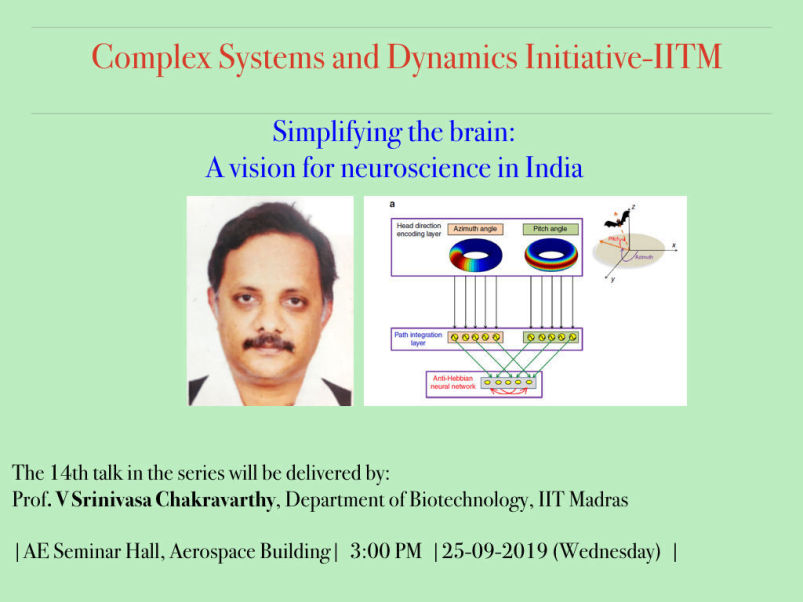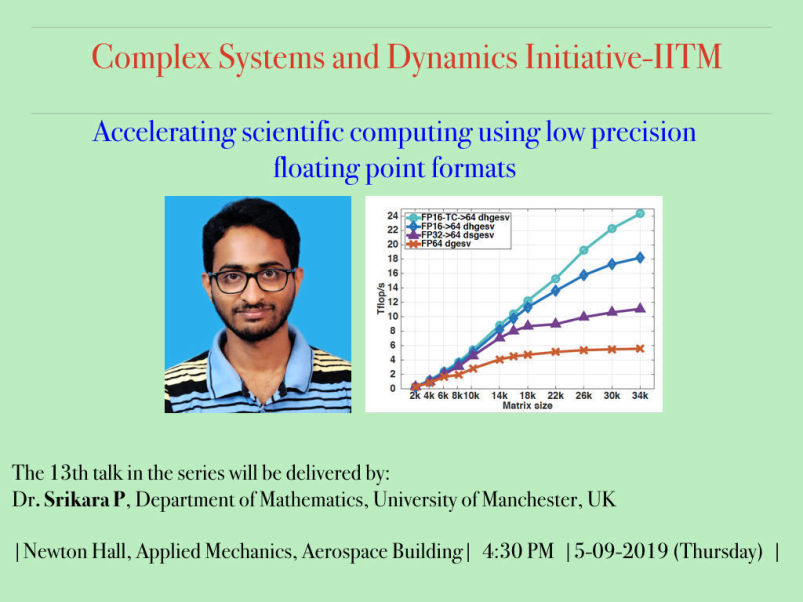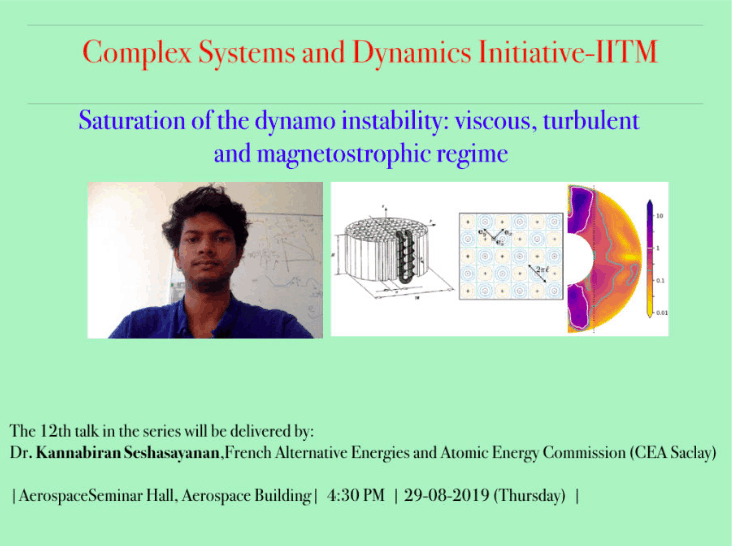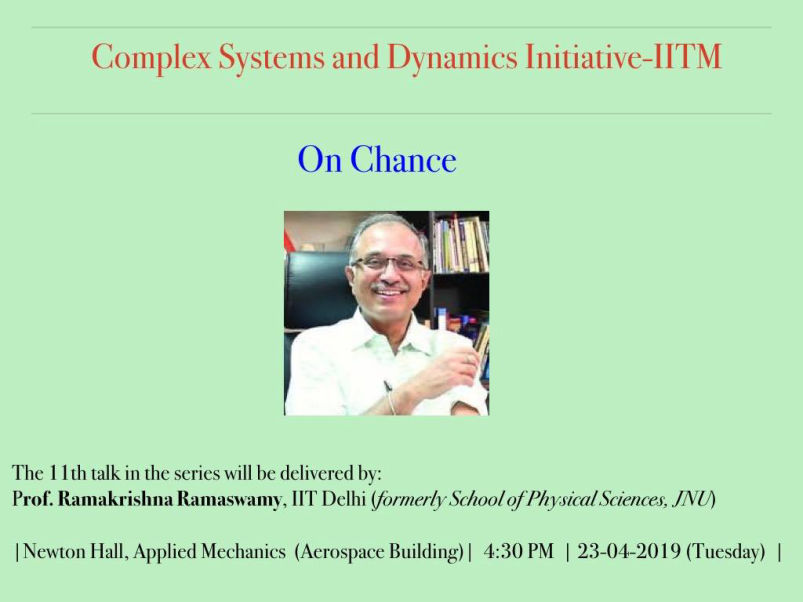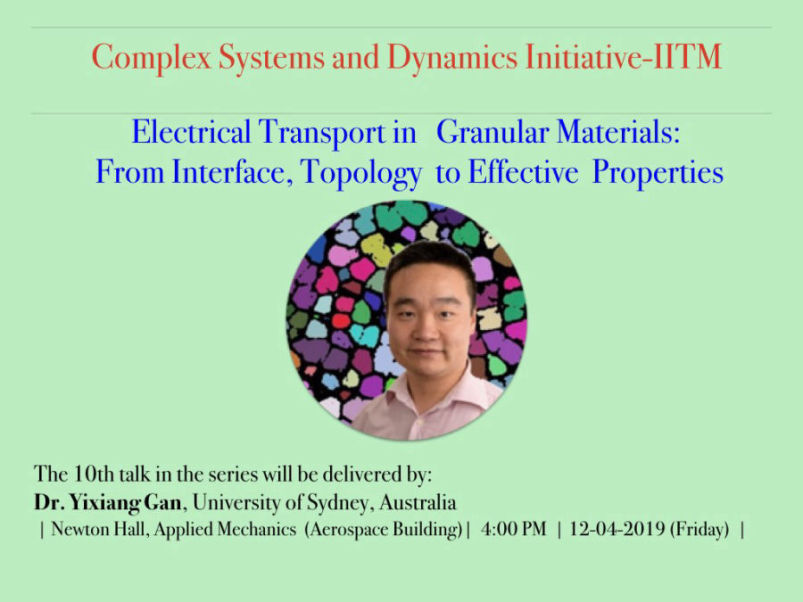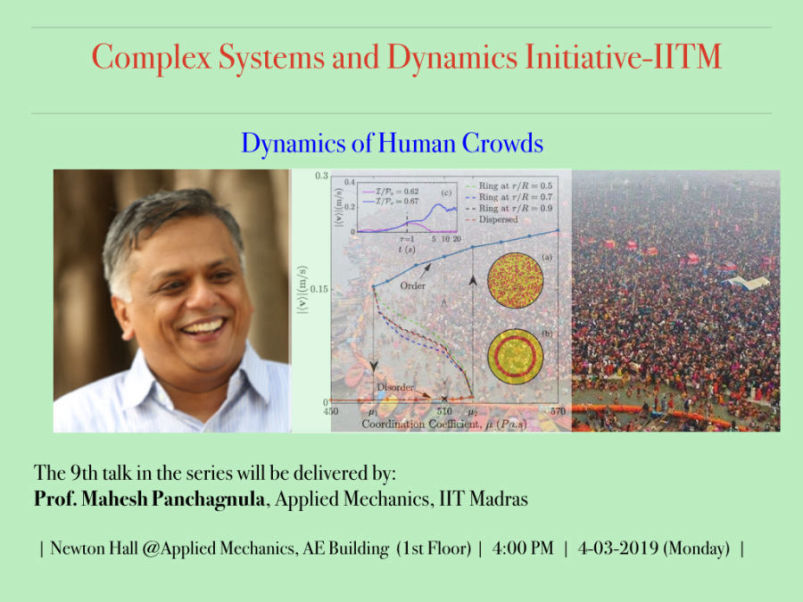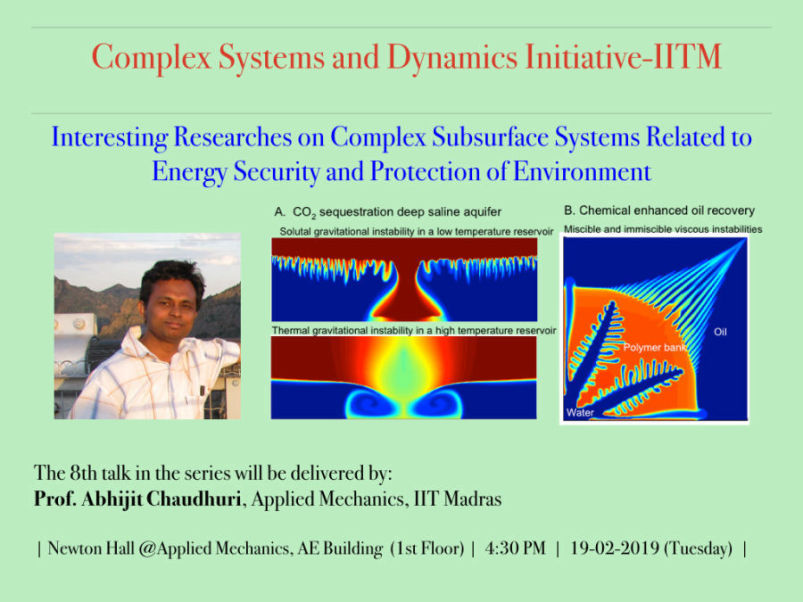Prof Sarma L Rani
University of AlabamaUSA
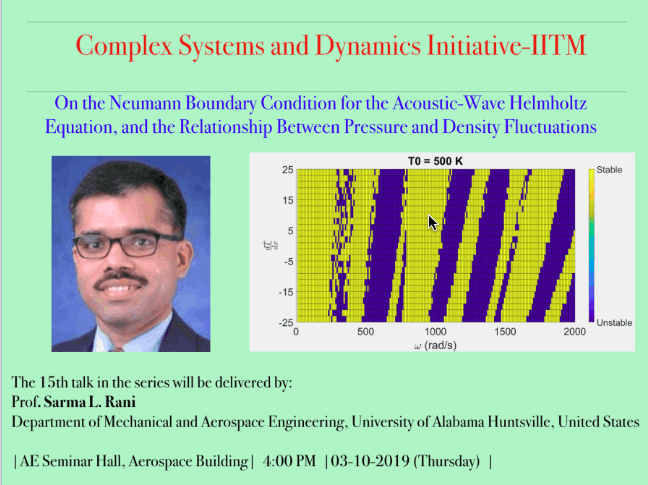
15th Seminar: October 3, 2019
On the Neumann boundary condition for the acoustic-wave Helmholtz Equation, and the relationship between pressure and density fluctuations
Abstract
Acoustic wave propagation in a duct is governed by the Helmholtz equation which is derived from the linearized fluctuating forms of the mass momentum and energy balance equations. For 1-D domains the Helmholtz equation is a second-order ordinary differential equation (ODE) while the fluctuating balance equations are all first-order ODEs. As a result one needs two boundary conditions for the spatial pressure fluctuation p(x) in order to solve the Helmholtz equation while only one boundary condition each is needed for ρ u and p in case of the fluctuating balance equations. Accordingly this study was motivated by two prinicpal objectives. The first was to develop the exact Neumann (or derivative) boundary condition at the inlet to a quasi 1-D ductneeded to solve the Helmholtz equation. Such an exact boundary condition would ensure that the spatial pressure fluctuations p(x) obtained by solving the Helmholtz equation are identical to the p(x) obtained through the solution of the fluctuating balance equations. The second principal objective was to determine the exact relationship between the density and pressure fluctuations ρ and p respectively so that the ρ(x) calculated using the Helmholtz-equation p(x) is again identical to the ρ(x) obtained by solving the fluctuating balance equations. The exact ρ-p relation is also compared with the “classical” relation namely ρ = p/c^2 enabling us to evaluate the accuracy of the latter. The Neumann boundary conditions and the ρ-p relations were developed for five cases with axially uniform and non-uniform duct cross-sectional areas as well as homogeneous and inhomogeneous mean flow properties such as the velocity temperature density and pressure. It is seen that the ρ = p/c^2 relation is valid only for the cases with uniform cross-sectional area and homogeneous mean properties. For the cases with uniform cross-section inhomogeneous mean properties (with zero or uniform mean flow) the “classical” ρ relation suffers from significant errors both in amplitude and phase.
